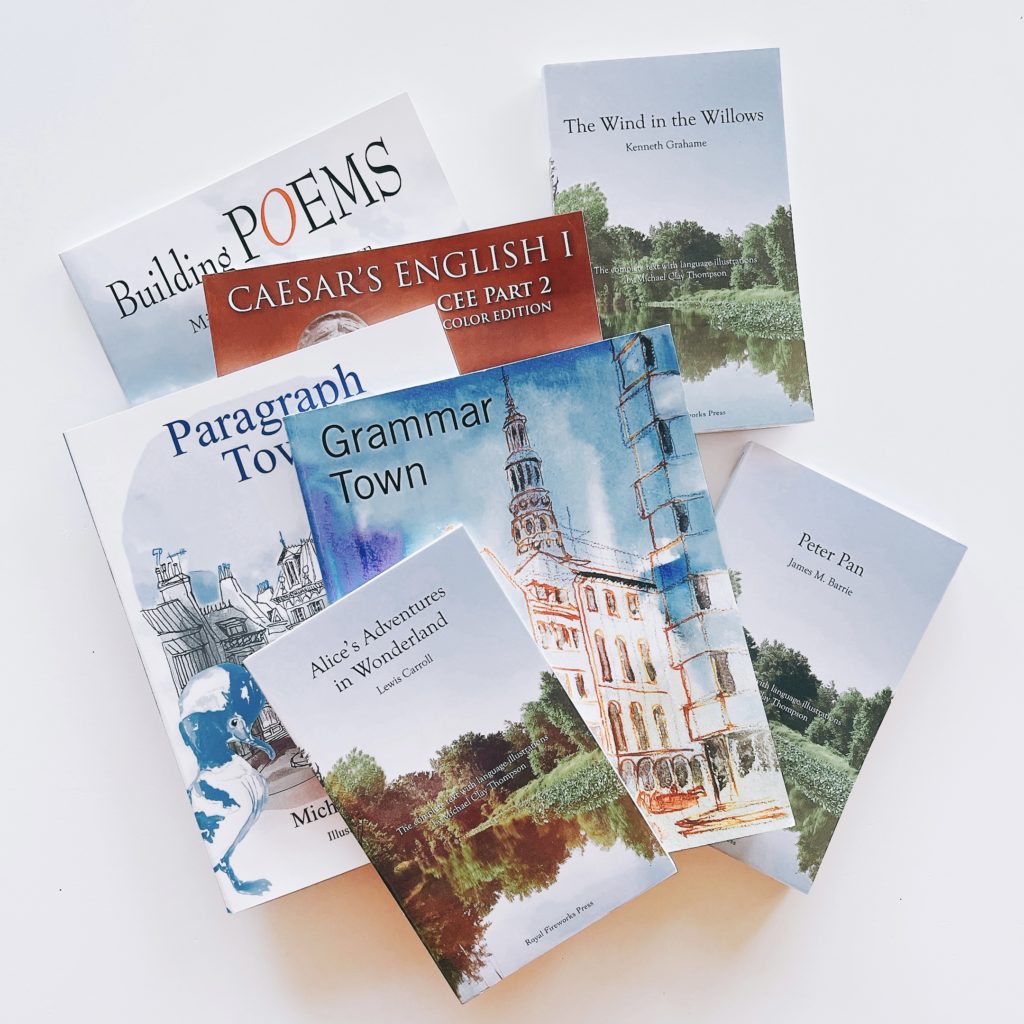Like many homeschooling families, we started our Language Arts journey using The Good and the Beautiful (TGATB). It was an open-and-go program with minimal to no preparation. As a new homeschooler, this was a free program available for download as a pdf. We chose to buy the printed copy and save the hassle of printing and binding at home.
Why TGATB did not work
My kid loved the program, and there was undoubtedly something special about it. It was certainly engaging, interesting, fun, and easy to execute, and assimilate. Despite its simplicity in implementation and the fact that my kid loved it, I realized that it was not enough for a few reasons. (Keep in mind that some kids may learn better with such a structure.) In our case, I felt we were doing less than we could in the four days we spent each week. I want to point out that this is my perspective based on our own experience.
1. Slow
We were doing level 2 at the time, the grammar lessons spiraled through the book, and the parts of speech were taught in fragments. It took weeks to learn nouns, verbs, and adjectives. After skimming the book, I realized it did not cover all parts of speech at that level.
2. Non-Language Arts Topics
It introduced art, literature, and geography amid its lessons, which was unnecessary. We could have learned more grammar with less of that.
3. Weak Writing
While TGATB included writing in some form, it was not enough, nor did it offer instruction or teach components of good writing.
4. Approach
They introduced sight words without teaching the phonograms associated with them simultaneously. I remember reviewing this with my preschooler using the K level program, and I could not understand why he had to master these sight words without knowing how to decode them. They also do
5. Missing Rigor
It was almost too easy and was missing an element of rigor. I quickly found myself looking for supplemental curricula for all aspects of LA. If you are looking for a well-rounded LA program – in my opinion, this is not it. Keep in mind that rigor may mean something different to someone else. For me, it needs to border between easy and challenging so that your kid can think through, apply, solve, reason, debate, conclude, communicate, etc.
EXCEPTION
Despite how I feel about their programs, it does not relate to their pre-K program. I used that with my middle kid, and he did learn his letters and primary sounds. Keep in mind at this level, Language Arts is primarily phonics instruction.
Why we switched to MCT
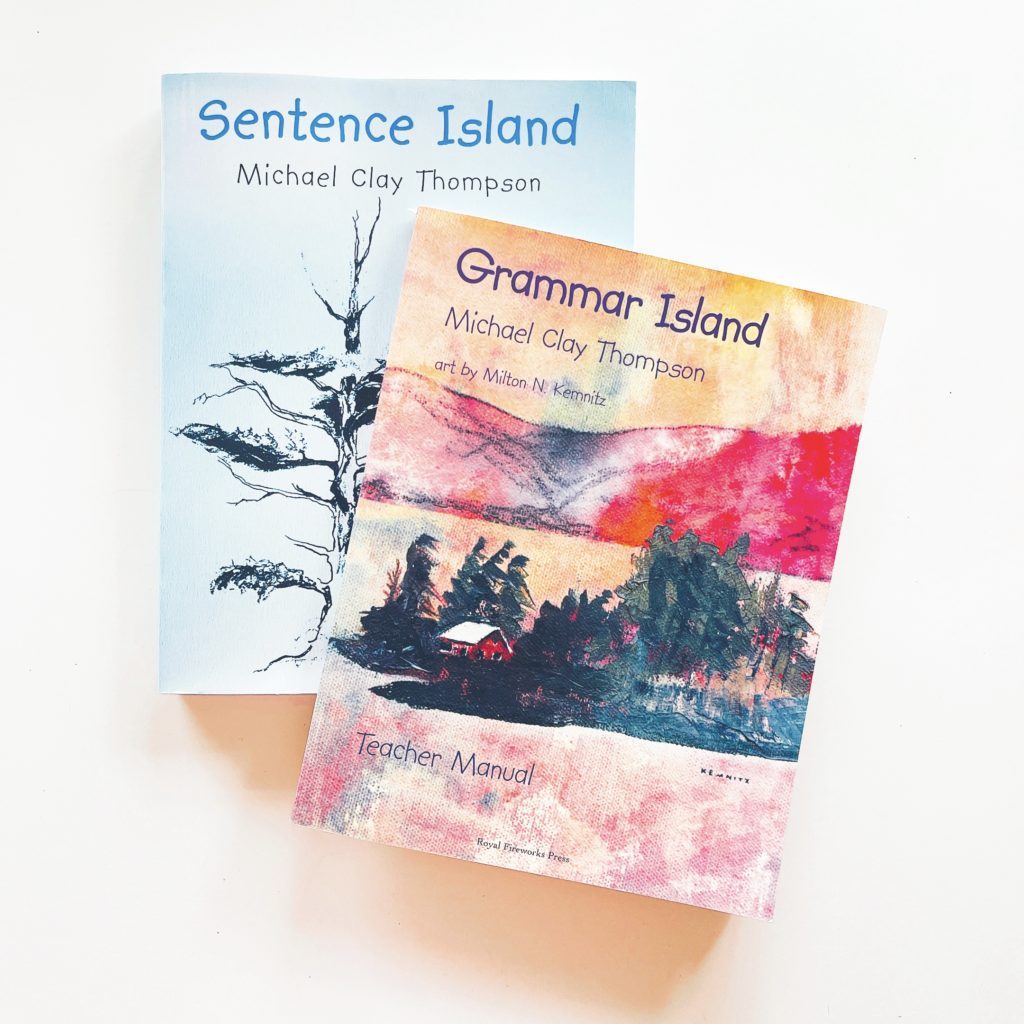
After much research and exploration, I landed on Michael Clay Thompson’s Language Arts Program, published by Royal Fireworks Press. We started this program last year.
If you would like to read a little more about them, here is a link. Their programs are designed for gifted children but can be implemented broadly. I will refer to this program as MCT for brevity in this post.
Here are the reasons why I switched and have stuck with this program.
Direct
MCT is focused and direct and clearly defines each element of its Language Arts program and teaches it explicitly. It presents a different learning style that may not be everyone’s cup of tea. However, they do have samples on their website, and before purchasing any curriculum, it is always a good idea to check those out. In this program, you will read and learn through a story format.
Concise
Learning is concise, and there is no spiraling in this program. For example, you may take four weeks to complete the Grammar portion with no fluff. Once you complete that, you move on to learning to compose good sentences, followed by the next element of the curriculum. There is an element of revision and application of previously learned concepts but not in a spiral format.
Rigor
MCT offers a rigor that was missing in TGATB. There is no comparison. Application requires thought and intent on the part of your child. There is no spoon feeding, no fill in the blanks with multiple choices. I love that it forces your child to think about what they learn and how to use it.
Latin
It teaches Latin stems. Need I say more? They teach it in their vocabulary component, and I love it. We know that the English language has a lot of Latin influence, and learning the Latin roots will build your child’s vocabulary extensively.
I want to make a plugin for learning vocabulary this way. If you’re going to teach vocabulary explicitly, you need to look up the terms – morphology, and etymology. (Morphology teaches your child to break down words into meaningful chunks and infer the word’s definition. Etymology teaches the origin and derivation of the word. I will discuss this in another post.)
COMPONENTS OF MCT
MCT has seven levels and five components. You can read all about it in great detail on their website. We have completed Island Level (1) and are currently working through the Town Series (Level 2). Their level 1 is for Grade 3, but we started this when my kid was in Grade 2. In my personal opinion, I have found that grades do not necessarily define what your kid is capable of learning and should not have boundaries by age.
Grammar
You essentially read it with your child and do activities enlisted in their implementation guide. It is straightforward grammar. No fluff. In Island Series, we learned
- ✔️8 parts of speech
- ✔️Parts of Sentence
- ✔️1 type of Phrase
- ✔️Clauses
In Grammar Town (Level 2), we learned
- ✔️2 types of nouns
- ✔️3 types of pronouns
- ✔️2 types of adjectives
- ✔️6 types of verb tenses
- ✔️2 types of conjunctions,
- ✔️4 types of prepositions.
- ✔️4 types of phrases.
- ✔️2 types of sentences
- ✔️2 types of clauses
Vocabulary
The vocabulary component teaches you Latin stems along with their English derivatives. In Level 1, They have writing assignments that require your child to write short poems for each stem they learn. Level 2 is a little more advanced and involves word and meaning memorizations but also includes a component of advanced vocabulary – antonyms, synonyms, etc.
Writing
Level 1 focuses on Sentences, and Level 2 focuses on Paragraphs. I loved Sentence Island. They teach you to write good sentences in six lessons by highlighting common grammatical and sentence structure mistakes. It also offers plenty of practice.
Poetry
It teaches the elements and technical components involved in poetry writing.
Literature
They have three fiction stories with the introduction to new vocabulary.
Practice Island and Practice Town
These books come with 100 sentences, and once you have completed the grammar component, your kid can perform a 4 step analysis to identify the parts of a sentence, parts of speech, types of phrases, types of clauses, and types of sentence. This analysis takes the place of sentence diagramming.
THE BEAUTY OF MCT
There is a beauty in how this program is designed. Each component is intentionally built into the other. At the end of this curriculum, my kid could identify parts of speech, parts of a sentence, write correct sentences, understand the components of a poem, decode English words using Latin stems, and her vocabulary certainly got a boost. She could also bring it all together into writing, comprehending, reading, and other activities.
WHAT WE LOVED AND DIDN’T
With every curriculum, there is always a favorite component of it. Mine was Sentence Island and Building Language(Latin Stems). My kid loved learning Latin Stems the most but did not enjoy Mud Trilogy (literature books). It was not my favorite either but you can substitute other literature studies in its place. Mud Trilogy does come with a unique quote quiz, which is an excellent way to test reading comprehension – something we can apply to read-aloud. Music of the Hemisphere gave a snippet into the mechanics of poetry writing. My kid was not as blown away by this, but I enjoyed learning the elements of poetry.
IMPLEMENTING MCT
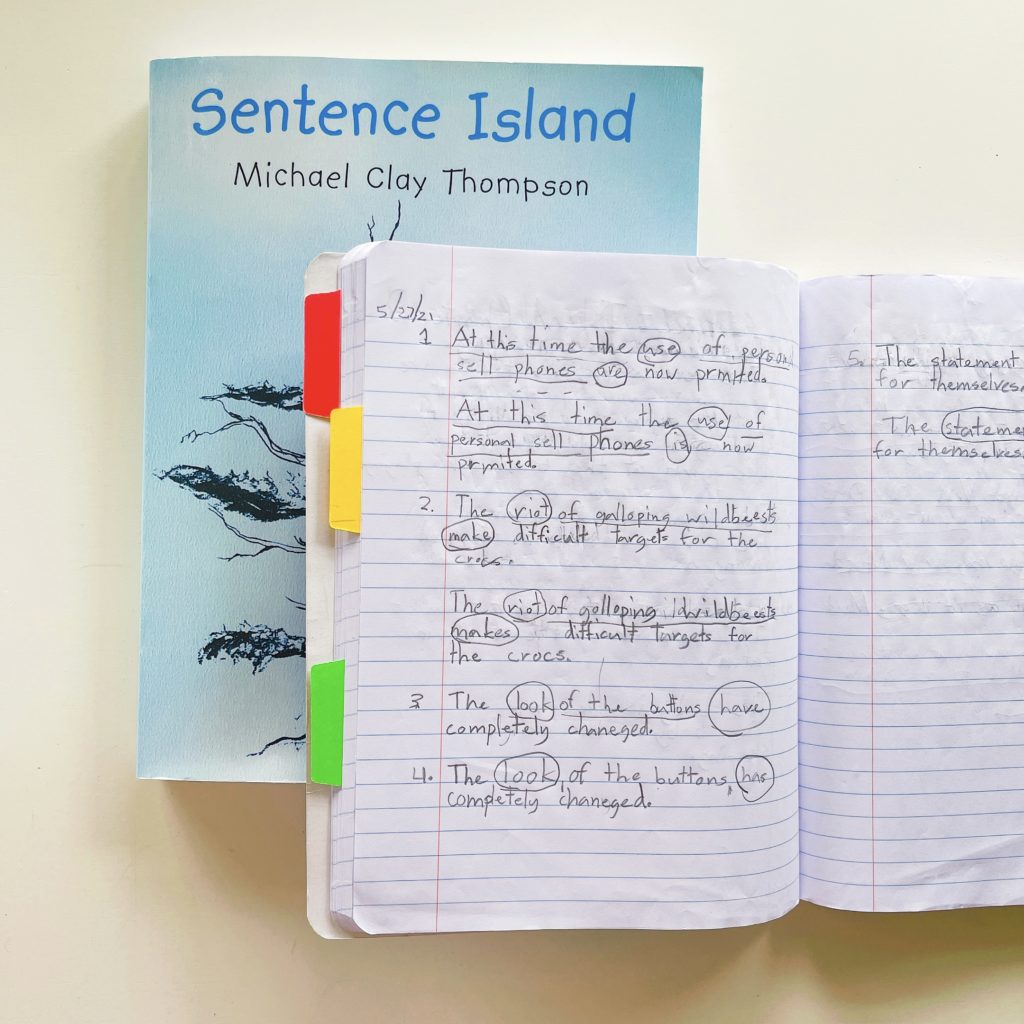
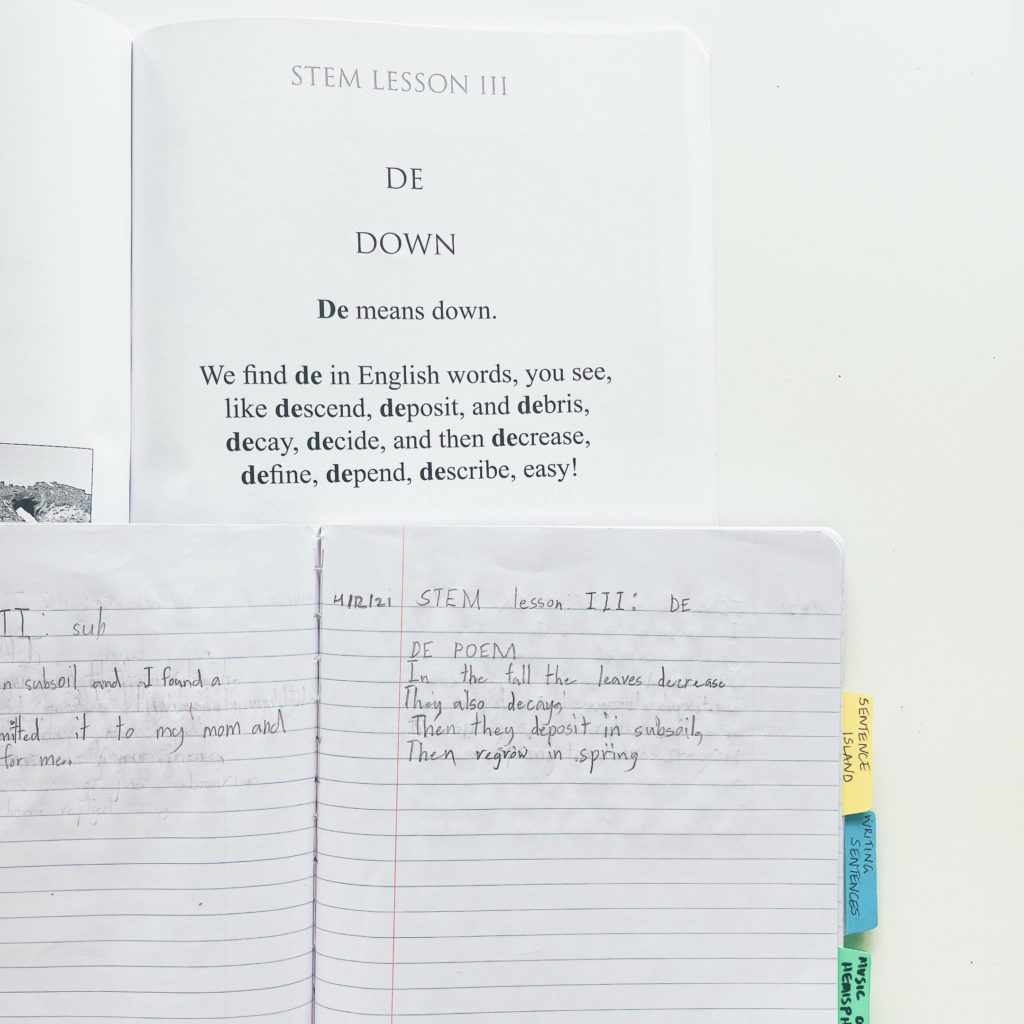
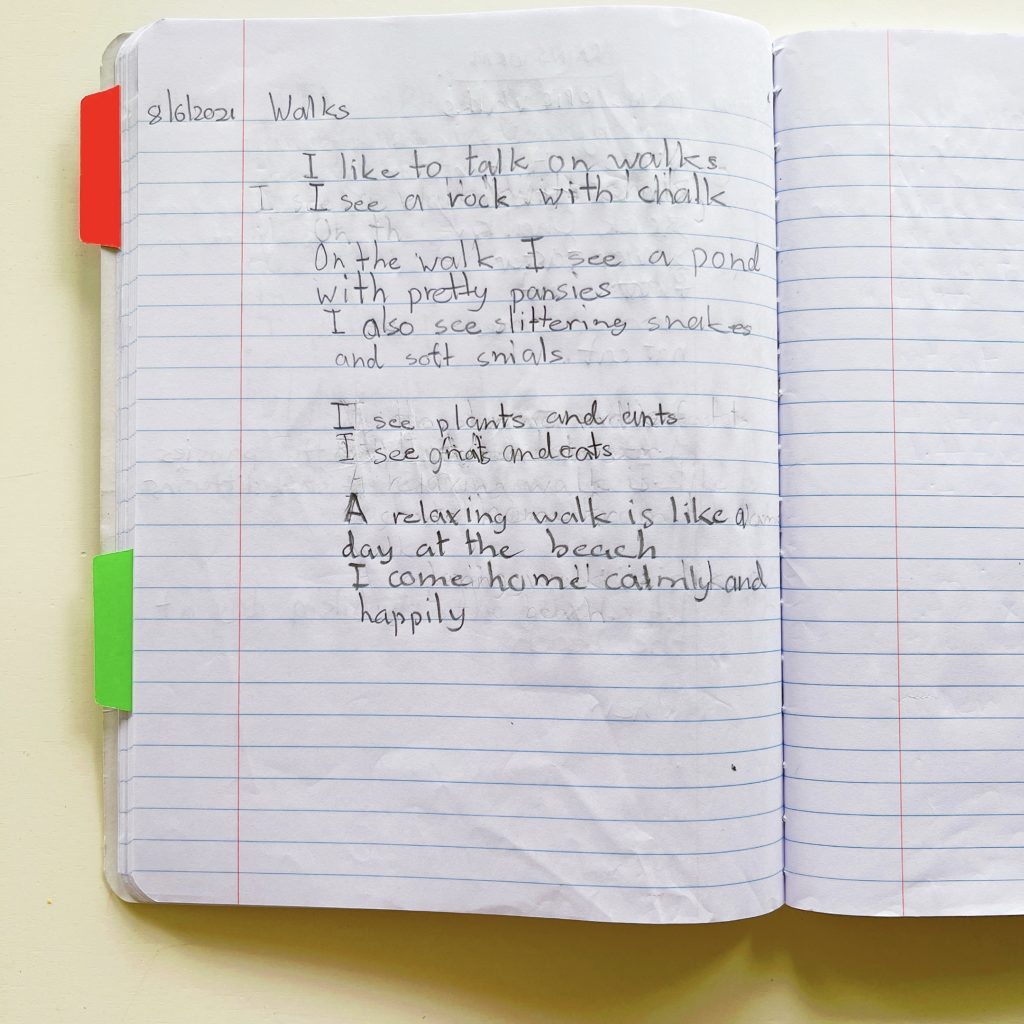
(Above images show the writing assignments done by my then 7 year old earlier this year.)
The key to successfully implementing this program is to practice what is learned through writing and other exercises. MCT comes with an implementation guide with lots of great exercises you can do. I did not follow their timeline but we did a lot of their practice exercises that I found were very useful. Implementation guides are just guides, and you don’t have to follow it to the dot but identify what will provide the best practice to learn critical concepts. Here’s what we did.
- My kid wrote poems for all the Latin stems she learned for Building Language.
- We also did the Sentence Island activities in the Teacher’s book.
- My kid wrote the final poem applying Music of the Hemisphere (Poetry)
- We cannot forget Practice Island and Practice Town. We did 5 -8 sentences a week for practice Island and currently working through 2-3 sentences for Practice Town.
WHAT ELSE WE DID
The two biggest takeaways were grammar and sentence writing. Given that, it made so much sense to practice applying those into actual sentences
I would have my kid write five sentences a week to apply all her learning from Island Series. I highly recommend this activity. It was very effective. We also did the 4 level analysis on random sentences in other subjects and incorporated any learning into other writing assignments like Institute for Excellence in Writing or Writing with Ease.
conclusion
The bottom line is the more you know this stuff, no matter how you learn it, the better you can write. I hope you found this useful as you consider Language Arts programs for your homeschool. Drop a comment if you have a question or send me a message using my contact page.
